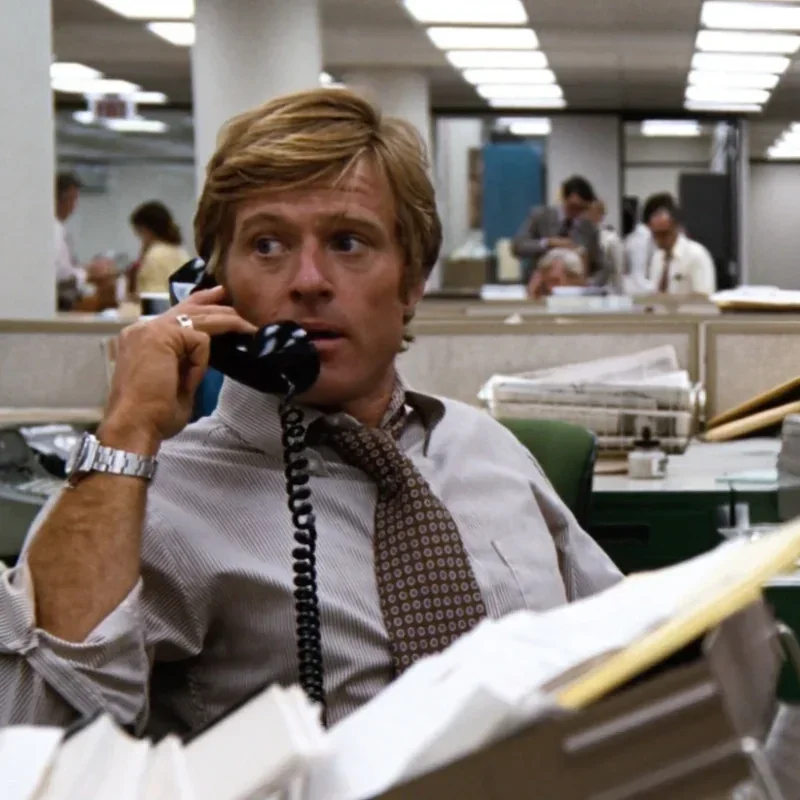Hubris & Parable At Isandlwana
The story of the battle of Isandlwana is one of hubris, poor decision making, poor preparation, and the misinterpretation of conflicting information. There are three main moments in the battle. Chelmsford’s decision to split his forces and head east. Pulleine’s lack of preparation in entrenching the camp. And the decision to spread the firing lines too far away from the supply of ammunition. All three result in humbling lessons for the British, and a sharp correction of the misplaced imperialist arrogance which came with the over-confidence in their technology and culture.
But as Mattingly suggests, stories such as these allow us to deal in human agency. These aren’t just nameless, faceless armies trying to annihilate each other. These are real people, panicking and fleeing for their lives, or being shot down in their hundreds. Fathers and sons. The historical bullet points of the numbers involved, the terrain traversed, or the survivors don’t express the human cost of the encounter, nor do they afford us the opportunity to learn from the British mistakes. As Mattingly continues, these historical casualty figures ‘portray the complex experiences of suffering and healing in oddly agent-free language.’
The most dramatic moment of the battle, upon which the day turns, is an eerie natural phenomenon. The solar eclipse blackened the sky just as the firing stopped, signaling to both sides that the battle was lost for the British. There are several key protagonists in the battle, but in my story, I draw out two of them, representing two very different aspects of the British position. The warmongering Chelmsford, eager to prove himself with a decisive Zulu defeat, and Pulleine, a camp administrator who was seen as a safe bet to guard the back door. But their roles reverse, and Chelmsford is left with nothing to do, and Pulleine faced with twenty thousand Zulus.
The myth of the battle has been immortalized several times in film, with many creative selections and omissions made each time. It is often depicted as a British defeat rather than a Zulu victory. There is often license taken with the story of what happened to the ammunition supply. And there is often discussion as to what was going on in Chelmsford’s head the morning of the battle.
But real stories like the battle of Isandlwana act as parables for us. Lessons about the over-reach of our confidence. An arrogance where we can’t hear what’s being said in front of us. A way of understanding that history doesn’t always belong to those who write it. And perhaps most importantly, that these stories are about people. Their real fear. Their real bravery. And their very real loss.




































